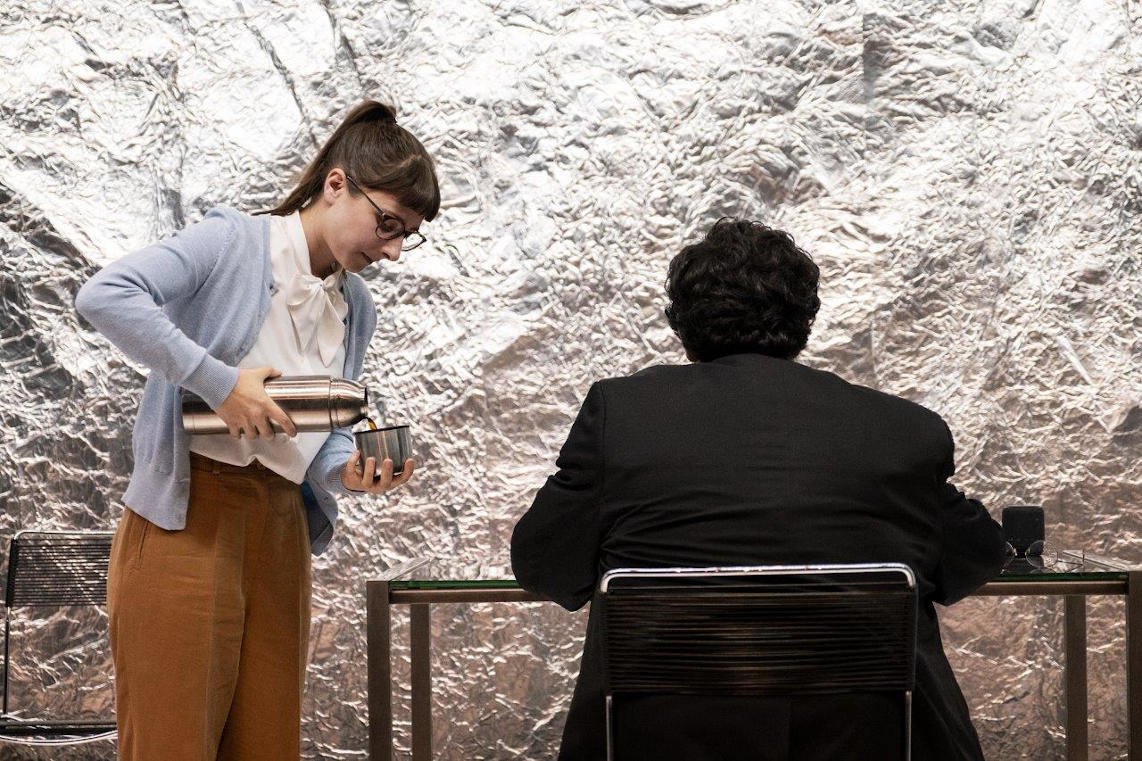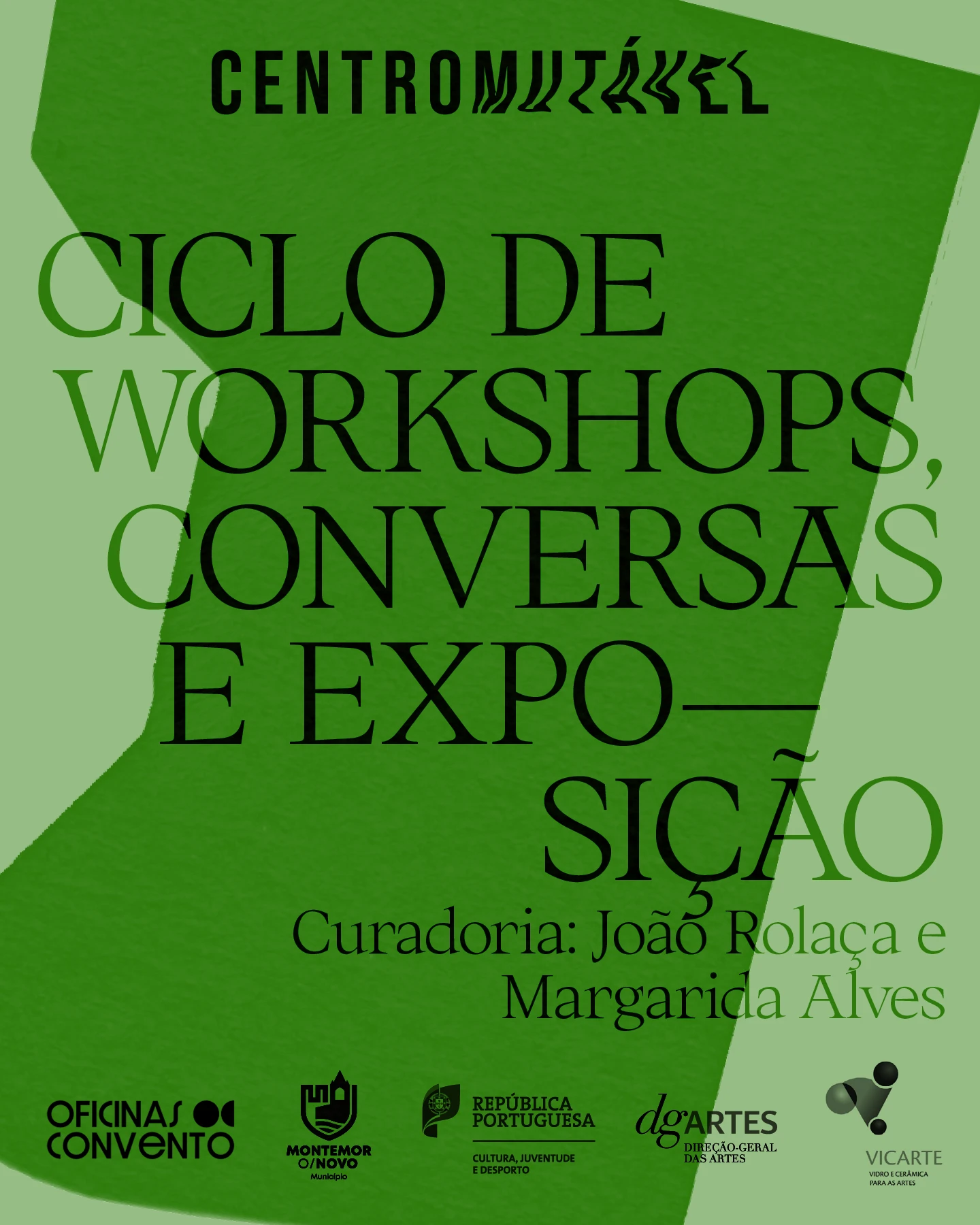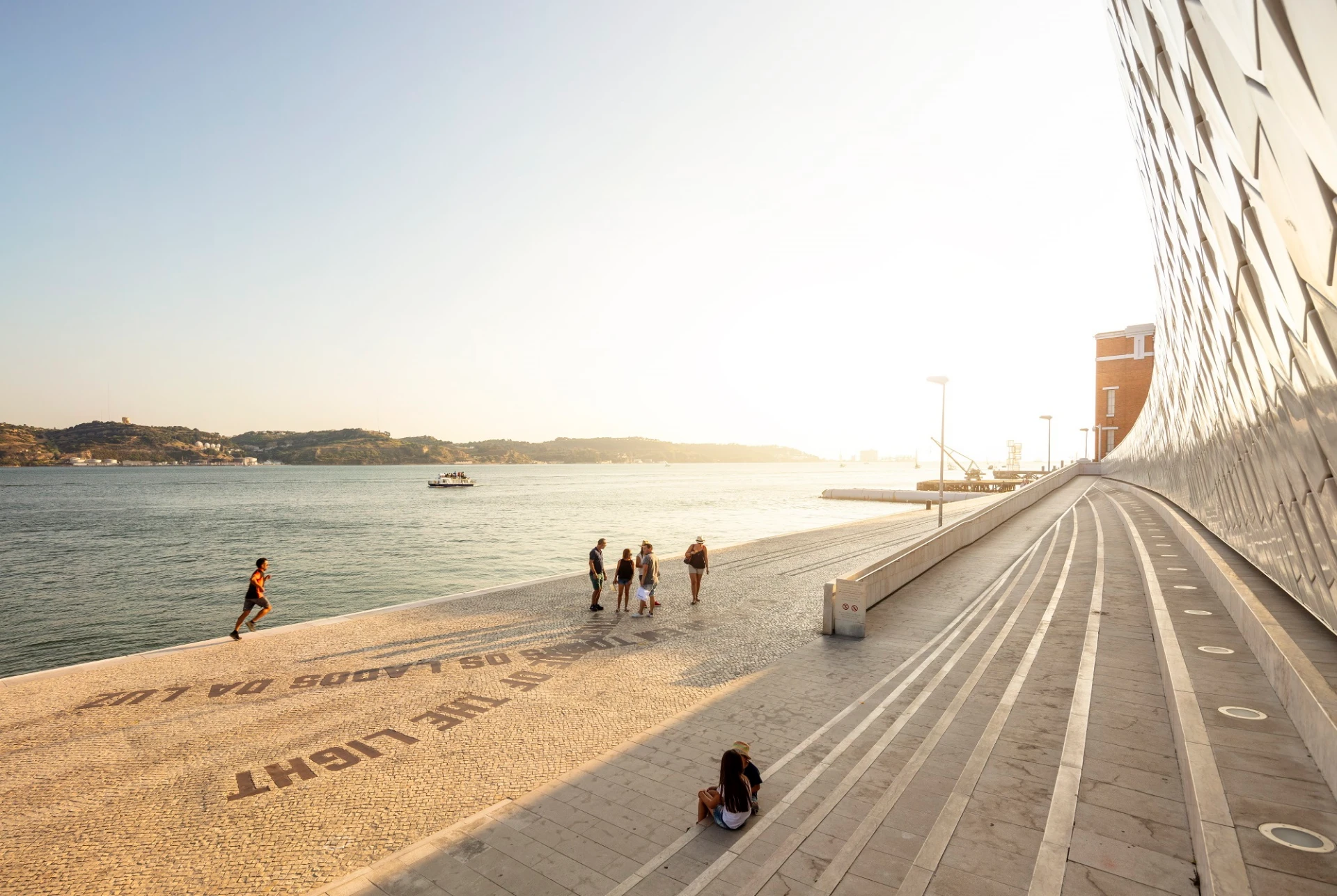On a recent day of October, otherwise marked by torrential rains, the city of Porto added a new site to its roster of art centres.
Nested in the neighbourhood Campanhã, the history of Casa São Roque traces back to 1759, when it originally functioned as a hunting lodge and manor for the local bourgeoisie. Opulent in scale, while elegantly laid out, the three-level mansion was remodelled by architect José Marques da Silva between the years 1900 and 1911, while the outdoor areas and gardens were designed by Jacinto de Matos. The resulting compound, fully renovated by its current tenant from a state of near ruin retains its early eclectic style marked by French Historicism and Belgian Art Nouveau.
The endeavour, a singular example of public and private collaboration, is an initiative set forth by the current owner of the premises, the Municipality of Porto, and collector Pedro Álvares Ribeiro – also known by the alias of Peter Meeker – who took on a two-year gut renovation via his foundation Vivercidade and was granted a 15 year lease to create the new art institution.
With the aim to bridge national and international artistic discourses, Álvares Ribeiro tapped Polish curator and Art Historian Barbara Piwowarska as artistic director of Casa São Roque. A former curator at the Centre for Contemporary Art Ujazdowski Castle (CCA), Warsaw, she previously organised and co-organised exhibitions at several institutions and galleries, including Polish New Wave (Tate Modern, London / Anthology Film Archives, NY); Polish Socialist Conceptualism of the 70s (Orchard, NY), and in 2017 she curated the Polish Pavilion for the 57th Venice Biennale with the Little Review by Sharon Lockhart.
Of her vision for Casa São Roque, Piworwarska states that it is “a very specific art centre, linked inseparably to its historical building, the noble bourgeoisie’s house” – and that it will function as an “anti-white cube”, bringing forward the very character of the premises into the dialogue she will instigate by means of three main exhibitions yearly.
The first instalment staged at Casa São Roque, a solo show by Portuguese art star Ana Jotta (b. 1946) and entitled Inventória certainly exemplifies this concept. Throughout the dark cosy interiors of the manor, the sparseness of the installation strikes as a bid to pay tribute and react to its direct surroundings. Comprised mostly of works sourced from the Álvares Ribeiro collection, Ana Jotta composes a compelling arrangement of sculptures, works on paper, ceramics and films in a kind of retrospective judiciously augmented by site-specific pieces created with space in mind.
Amongst the most notable works are temporary drawings (2019) applied directly onto the walls and staircases calling to mind tongue-in cheek, soft-core vandalisations of the upscale building. On the ground floor, a table set in an alcove delineated by geometric curtains of forged iron showcases a group of anthropomorphic and sensual bronze sculptures made in the 1990s. Their rough surfaces and awkward finish stand at odds with the pristine architectural details in the vicinity. A Master’s View (2006) further exemplifies the artist’s will to weave a subversive anti-bourgeois flavour into the experience of the exhibition. The abject-looking polyurethane drip occupies a room corner as an ode to camp in an atmosphere of upper-class restraint. The ambition is punk and the provocation, piquant.
Ana Jotta, Inventória remains on view until March 8 2020.
By Guillaume Rouchon




-6dqqe.gif)